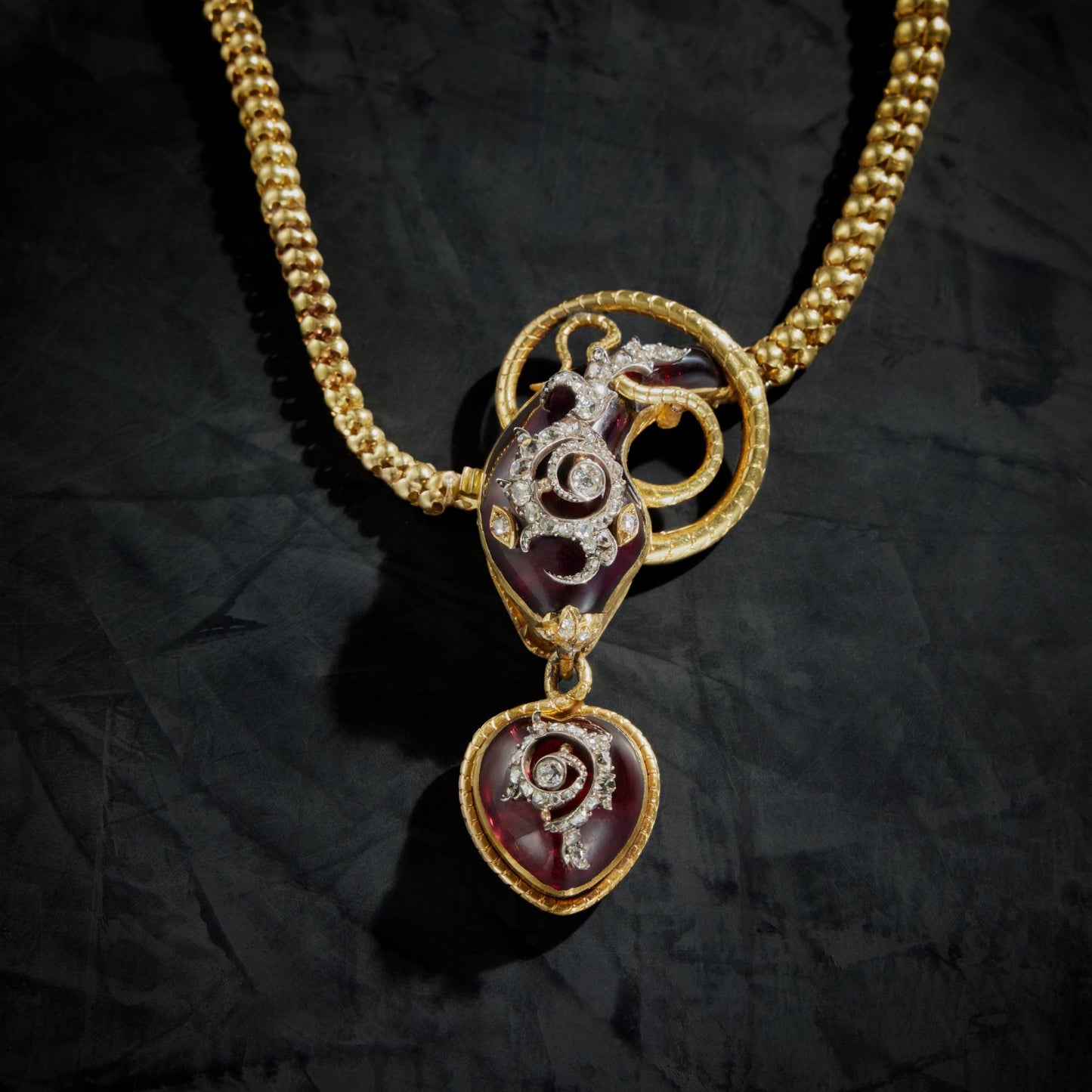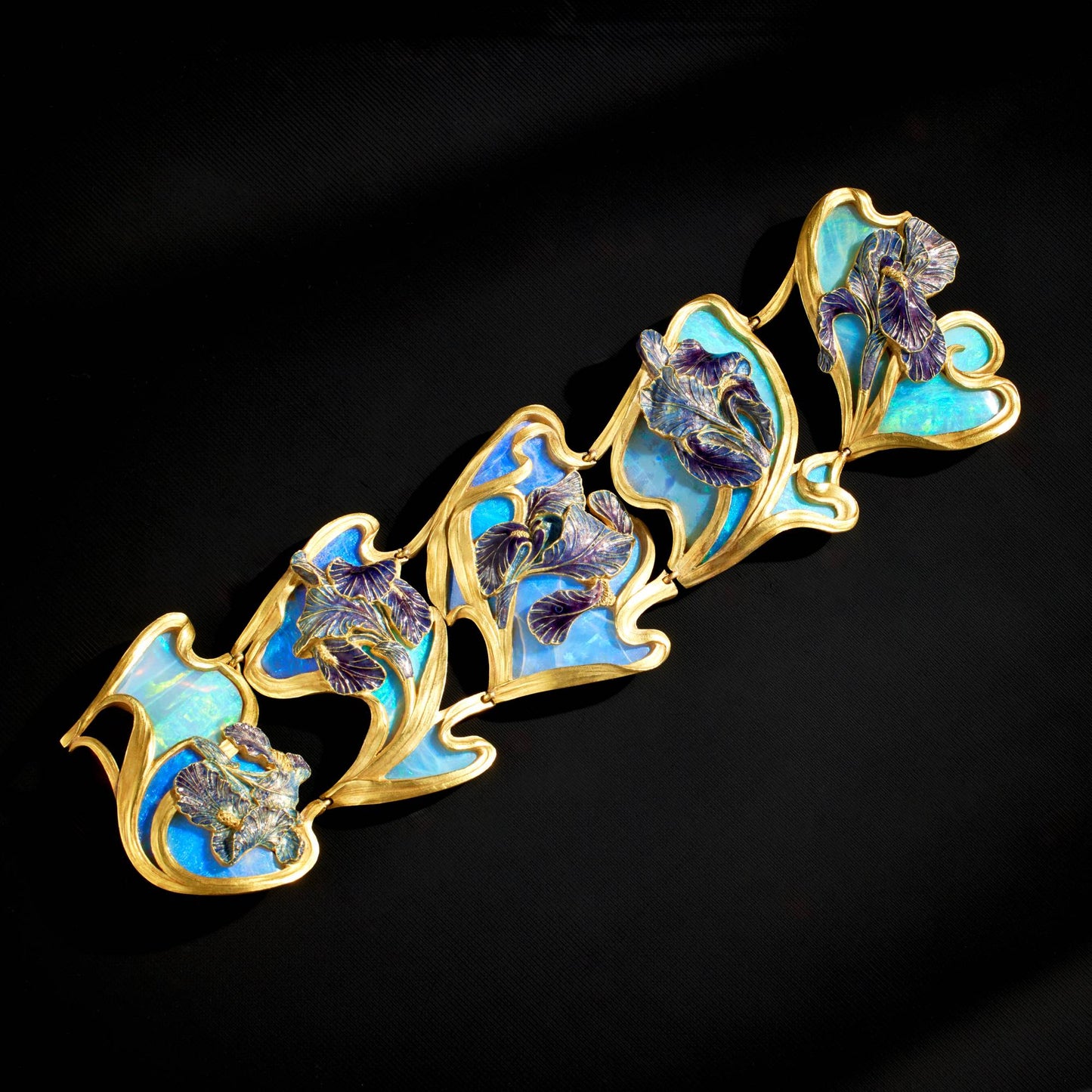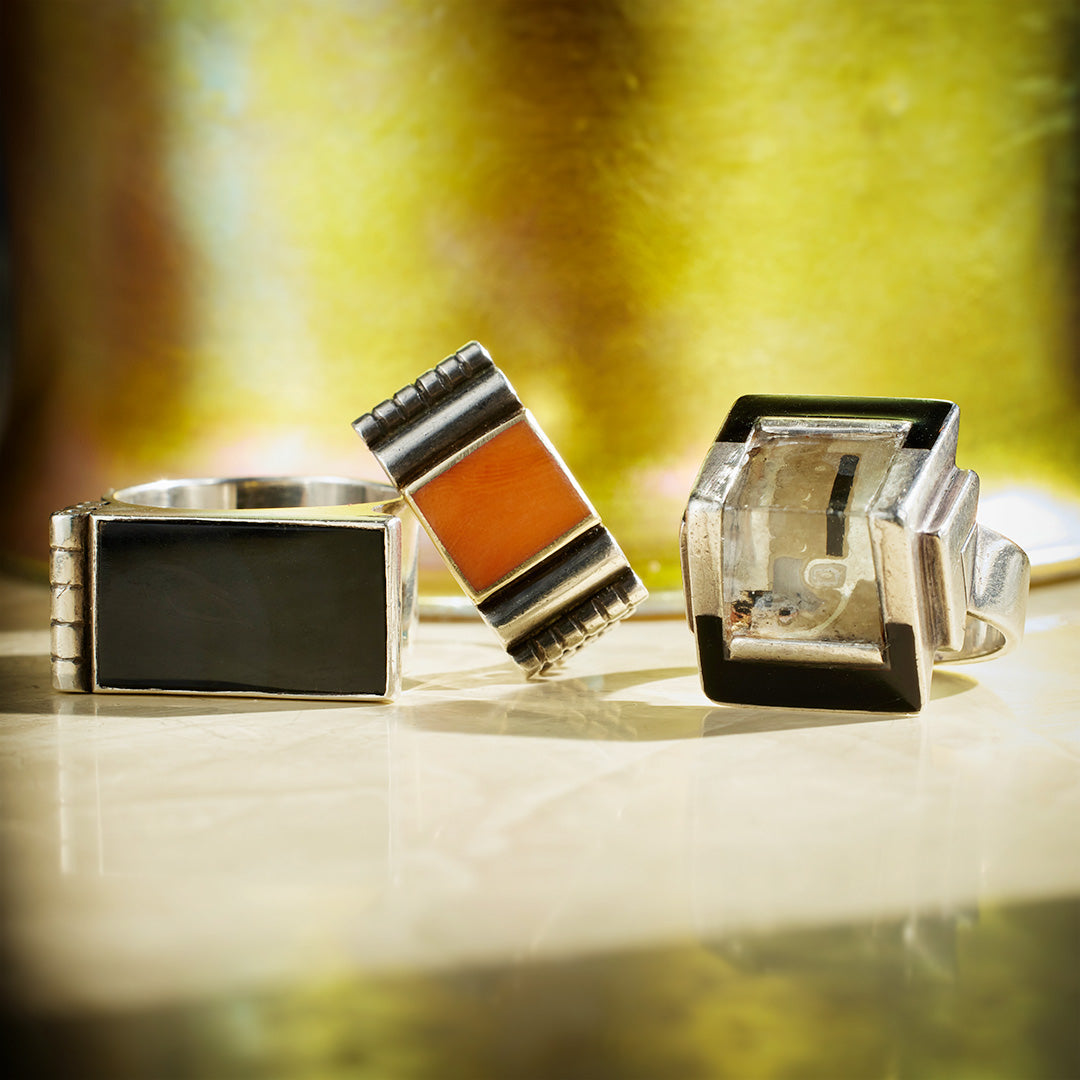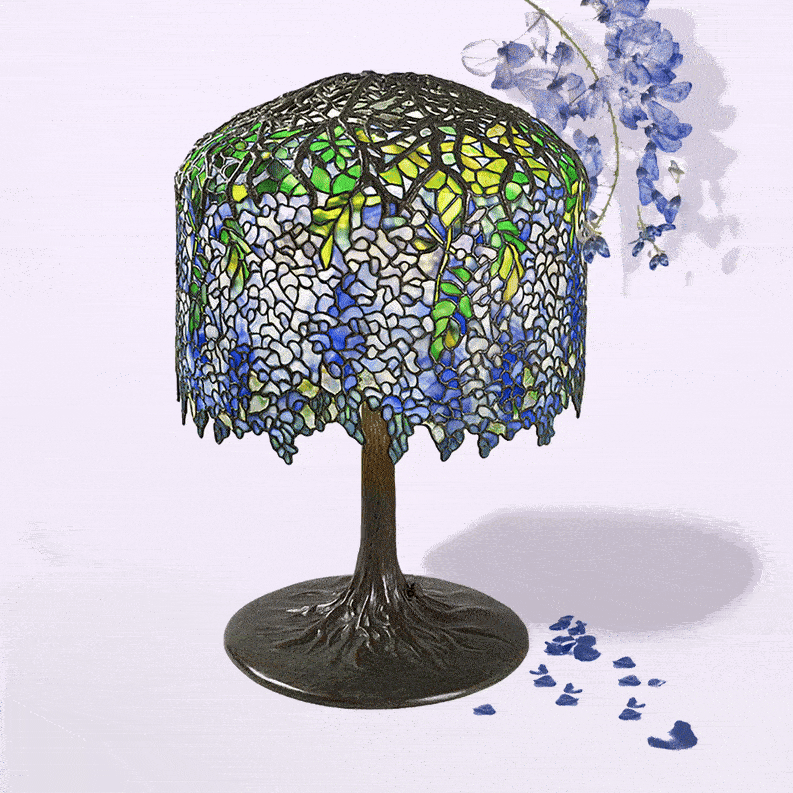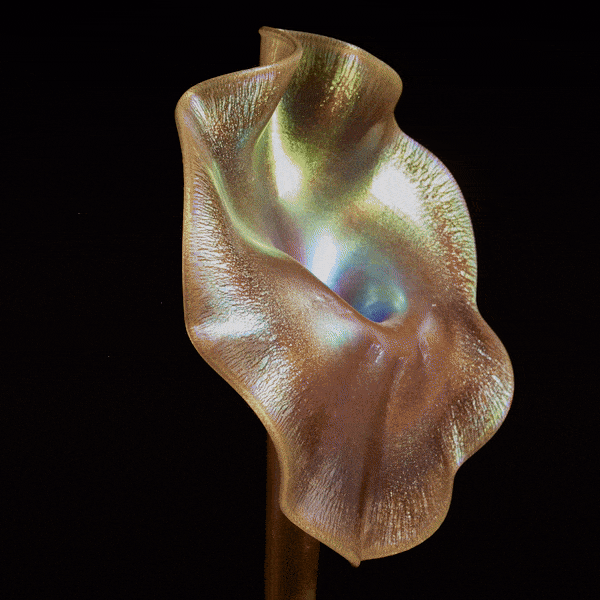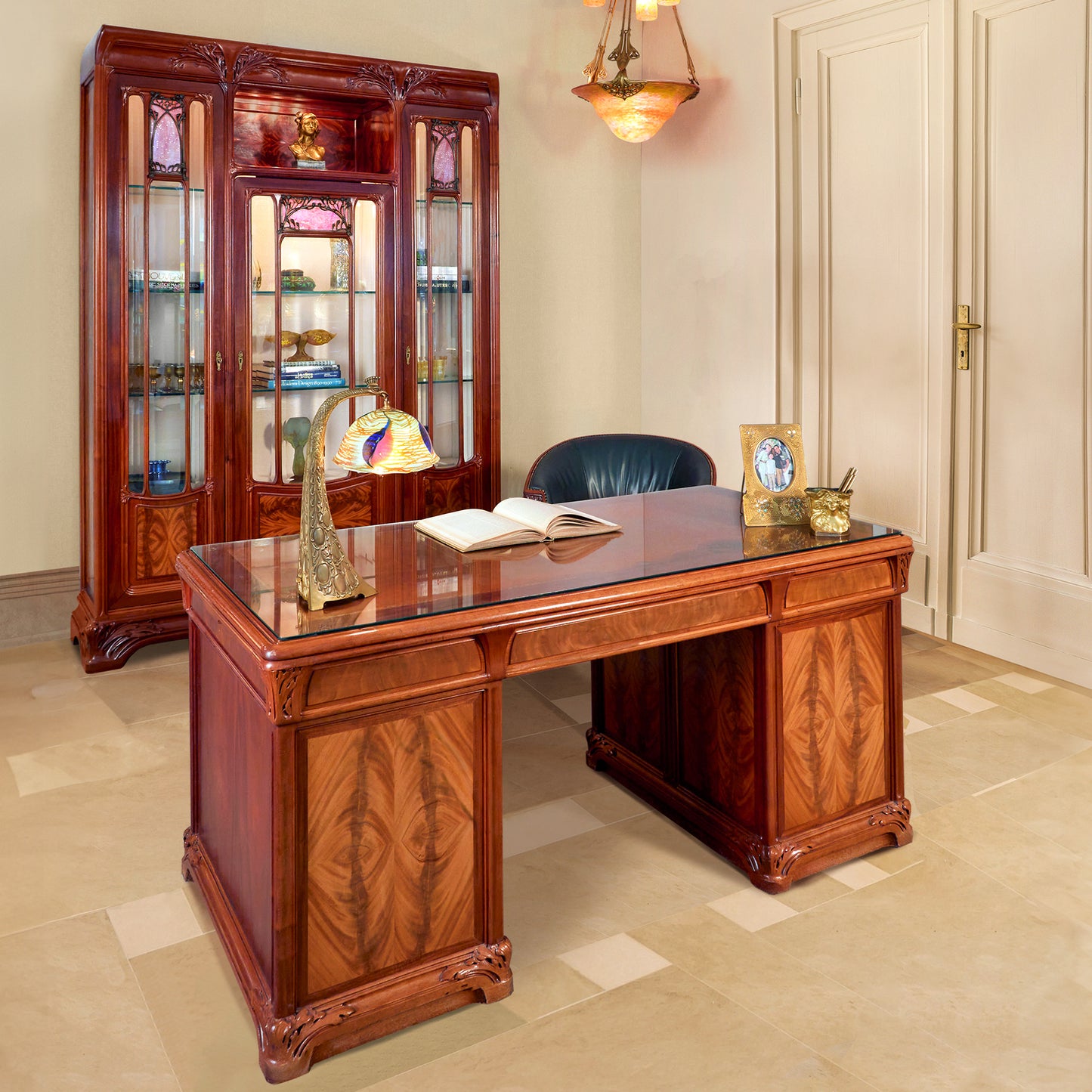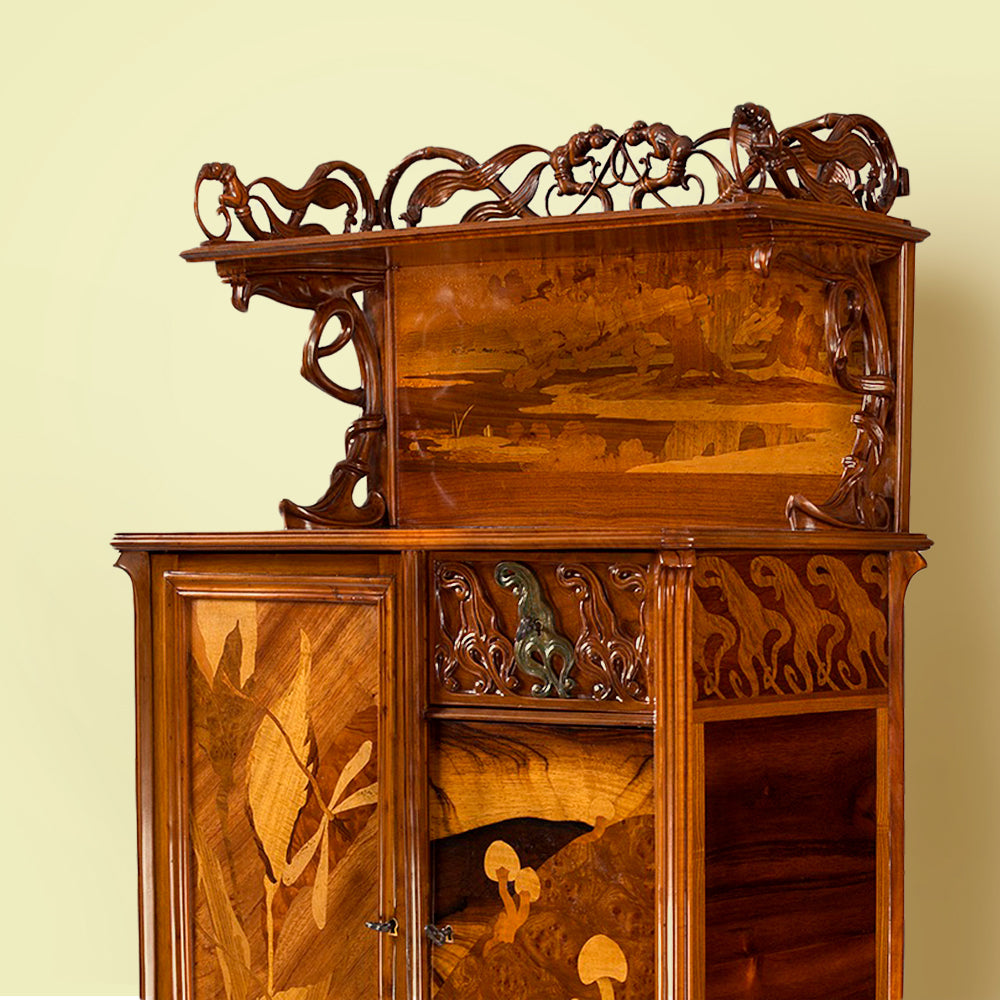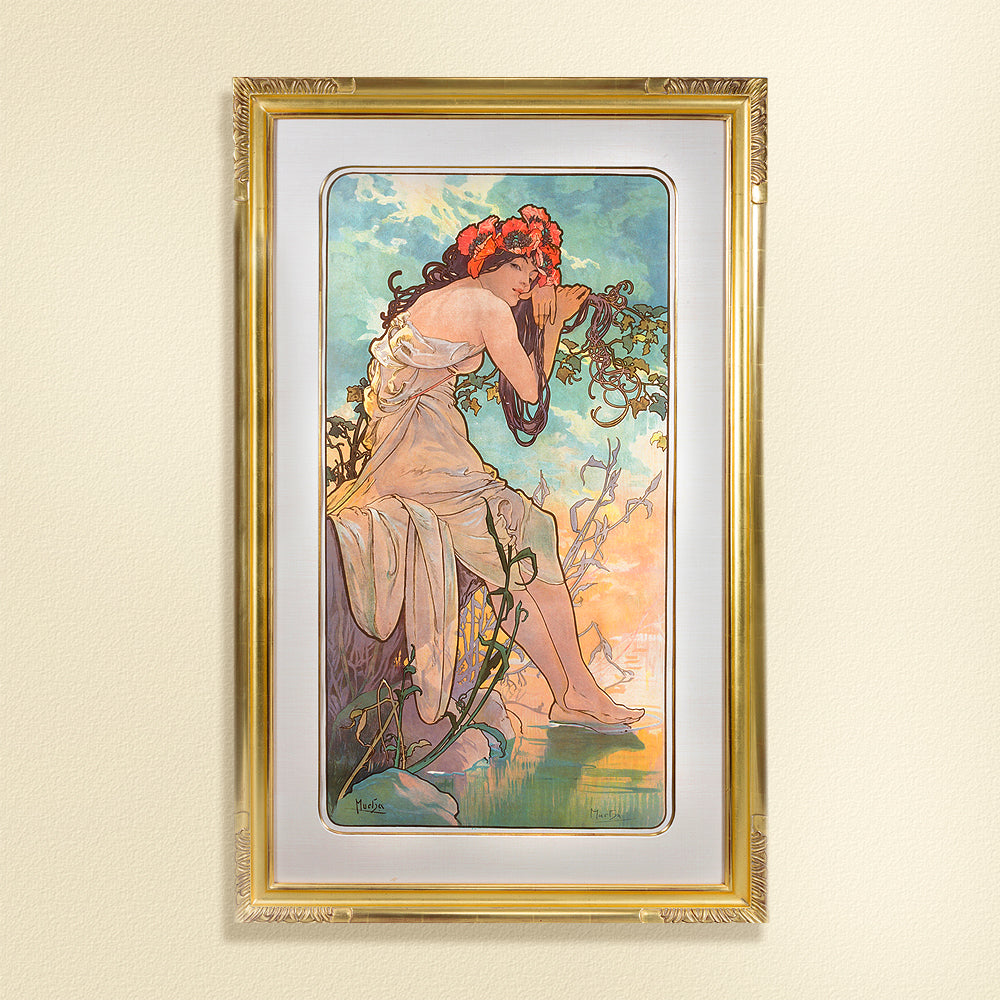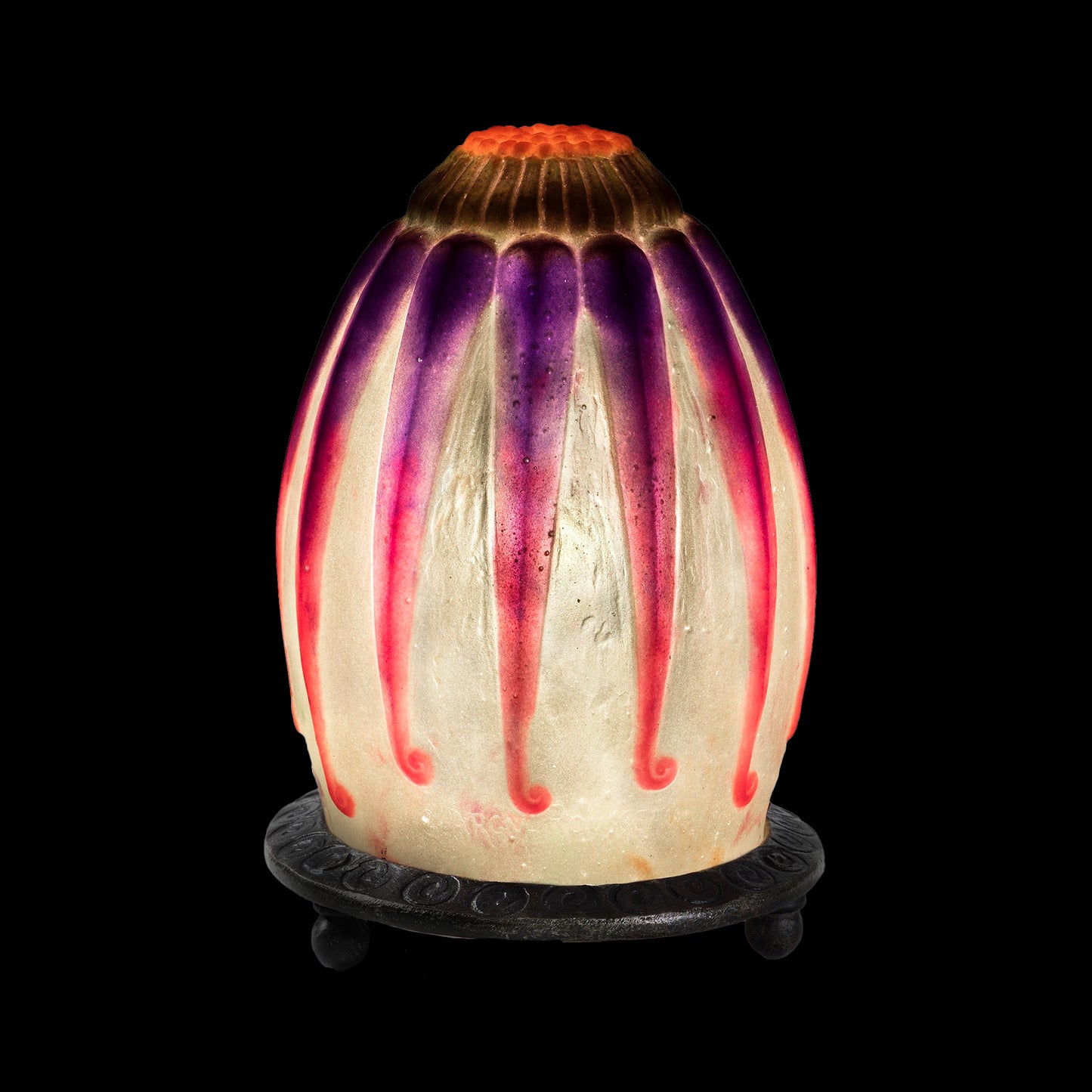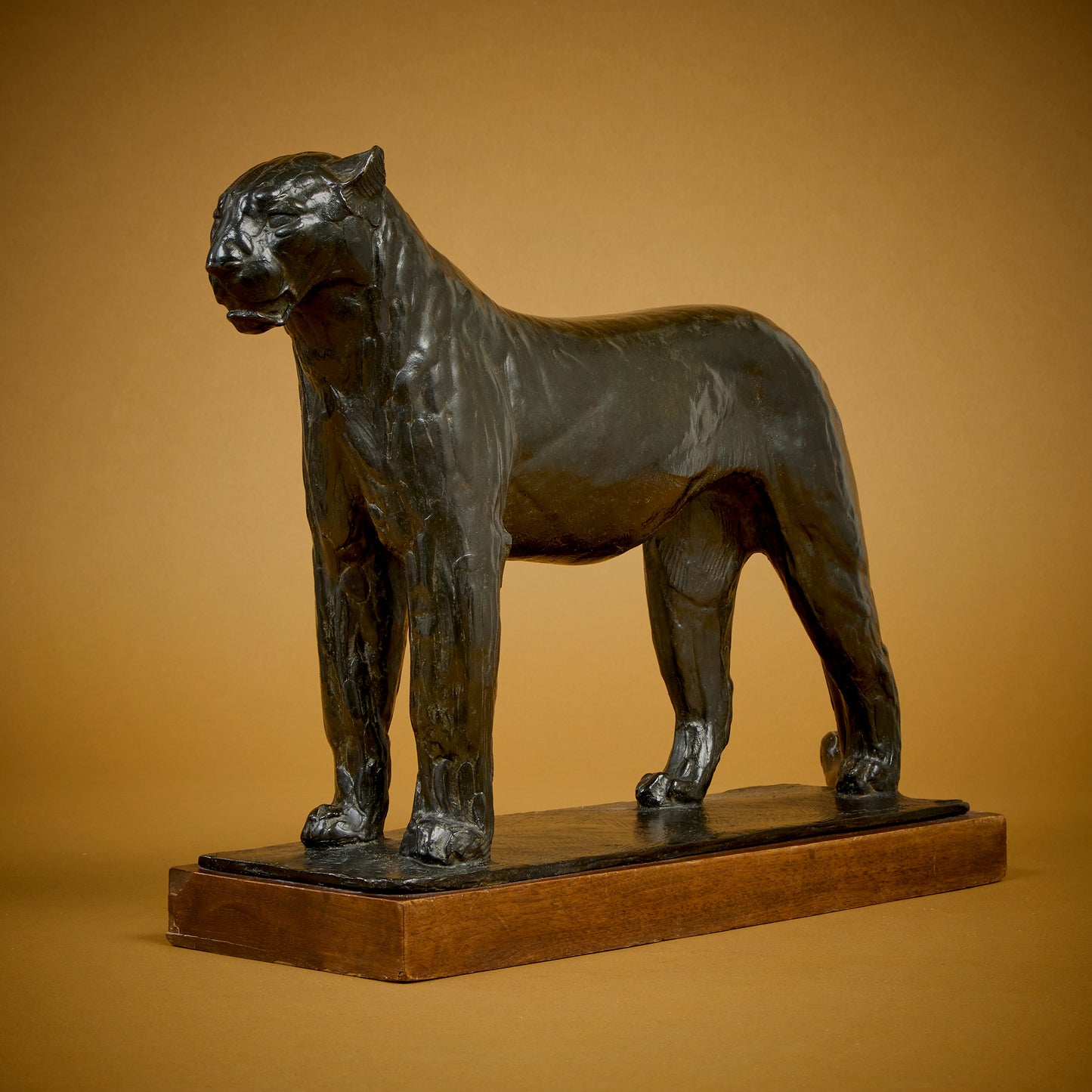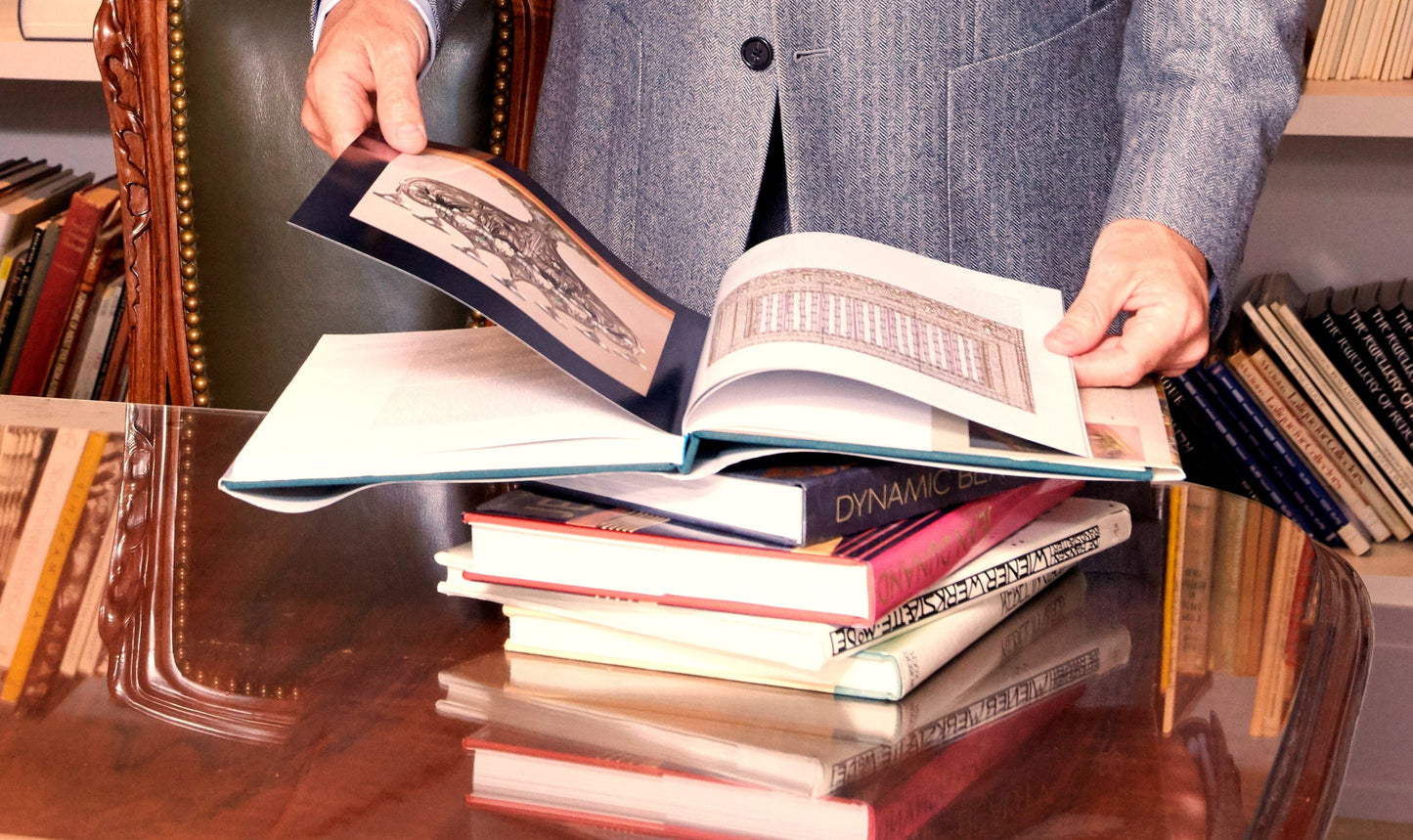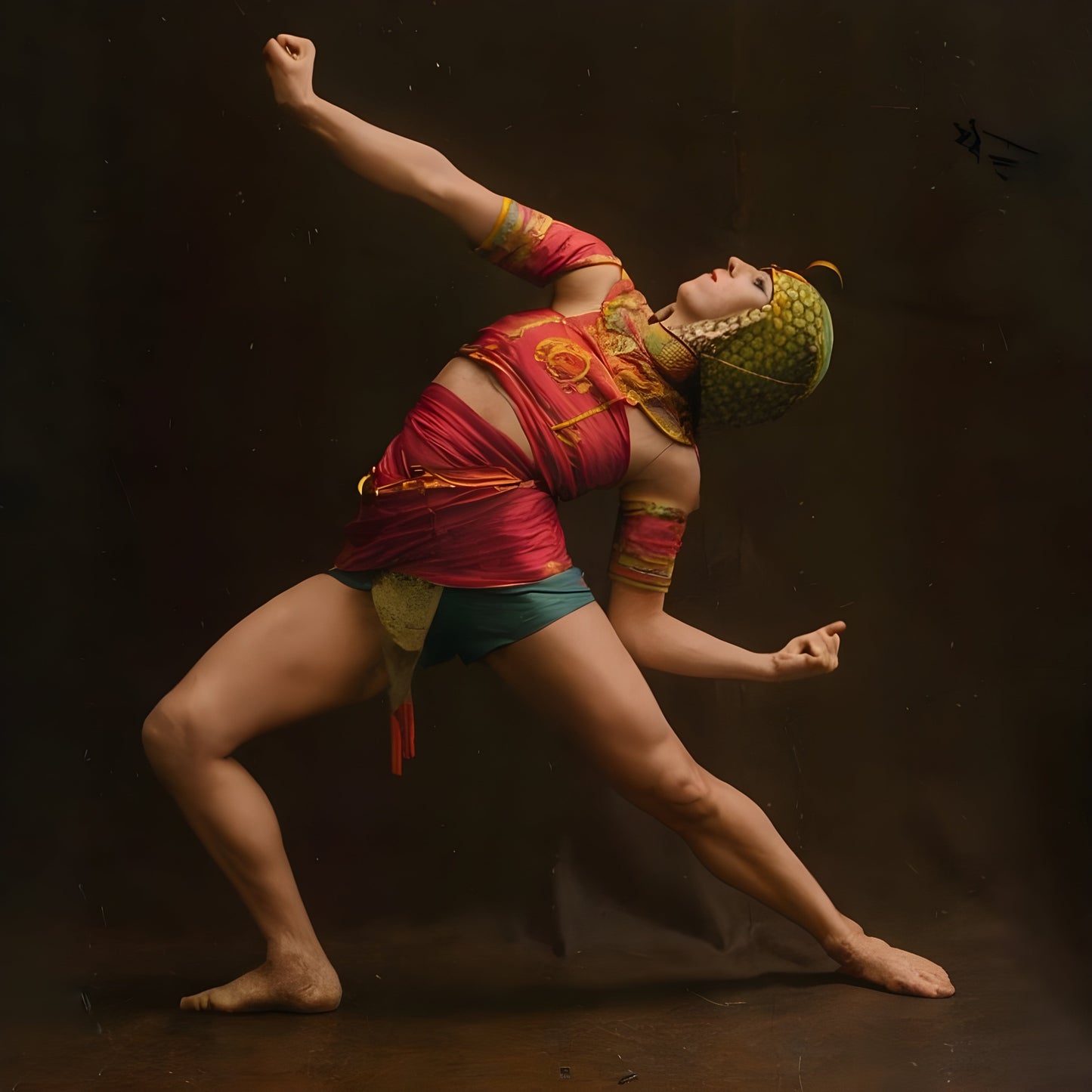
At the dawn of the 20th century, Paris was poised for a cultural upheaval, and no event captured the city’s imagination more vividly than the Ballets Russes’ inaugural season in 1909. Audiences were captivated by its avant-garde choreography, bold costumes, and innovative scenography, which together reshaped the possibilities of stage performance. The company swiftly became a driving force in the Parisian art world, embodying the era’s cultural and artistic zeitgeist. Central to this breakthrough was the adoption of the ‘plastique’ style of dance, pioneered by Isadora Duncan in the early 1900s, which redefined movement on stage and distinguished the Ballets Russes from traditional ballet. Inspired by ancient sculpture and vase painting, plastique transformed the body into living art through fluid sequences of classical poses. Borrowed from the term “plastic arts,” the name underscores the style’s sculptural conception: dancers advanced laterally across the stage in rhythmic, frieze-like processions, rejecting ballet conventions in favor of barefoot performance and freely stylized gestures.

The Isadora Duncan Dancers, 1917, Jerome Robbins Dance Division, The New York Public Library. "Carnegie Hall, March 13, 1920" New York Public Library Digital Collections.
This approach profoundly influenced Russian choreographers in Moscow and St. Petersburg: Duncan performed there in 1904, 1905, and 1909, and several collaborators of the Ballets Russes witnessed her performances. Leon Bakst (1866–1924), the company’s visionary costume and set designer, admired her physical freedom and classically inspired tunics and diaphanous garments, while Vaslav Nijinsky (1890–1950) was similarly impressed by her fluidity and expressive attire. The plastique style reached its fullest expression in Michel Fokine’s classically inspired productions, including Cléopâtre (1909), Narcisse (1911), Daphnis et Chloé (1912), L’Apres-midi d’un faune (1912), and Le Sacre du printemps (1913).
 Napoleon III Museum, Terracotta Room at the Louvre, also known as the Campana Gallery, 1866, Sebastien Charles Giraud, Oil on Canvas, Musee de Louvre
Napoleon III Museum, Terracotta Room at the Louvre, also known as the Campana Gallery, 1866, Sebastien Charles Giraud, Oil on Canvas, Musee de Louvre
The creative team of the Ballets Russes—led by impresario Sergei Diaghilev, along with dancer Vaslav Nijinsky, designer and scenographer Léon Bakst, and choreographer Michel Fokine—frequently drew inspiration from the collections of the Louvre, utilizing ancient Greek vases as well as Egyptian and Assyrian frescoes. Among these, the Attic vases displayed in the museum’s Campana Galleries were particularly influential. The nine rooms of the Campana Galleries traced the chronological development of Greek ceramics and other antiquities assembled by the Marquis Campana, whose collection was among the most extensive in Europe. Acquired by Emperor Napoleon III in 1861, the Campana collection quickly became a key point of reference for French artists, notably the designers of the Sèvres porcelain manufactory. It was also studied by the young Gabriel Argy Rousseau (1885-1953) during his training at the École de Sèvres from 1902 to 1906, which nurtured his enduring fascination with Greek art. This affinity was further reinforced in 1909, when the Ballets Russes premiered a series of classical productions while Rousseau was just 24 years old, offering him a vivid encounter with the Greco-classical aesthetic that would inspire much of his later work.
 Left: Chorus of maenads, from "Nijinsky: L'Apres-midi d'un Faune", Ballet Russe, 1912, Adolf de Meyer, Princeton University Art Museum; Right: Helen and Menelaus Krater, Campana Collection, Musee du Louvre
Left: Chorus of maenads, from "Nijinsky: L'Apres-midi d'un Faune", Ballet Russe, 1912, Adolf de Meyer, Princeton University Art Museum; Right: Helen and Menelaus Krater, Campana Collection, Musee du Louvre
Argy-Rousseau’s monumental vases La Danse and Libations were both inspired by the Ballets Russes’ Cléopâtre (1909), the most sumptuous production of the company’s inaugural season. La Danse, executed in pâte de verre, pays homage to the choreography of Michel Fokine, depicting the dancer-choreographer in the role of Amoun through three distinct poses drawn from different ballets: Cléopâtre (1909), L’Apres-midi d’un faune (1912), and Narcisse (1911). The first pose, based on promotional photographs from the 1913 revival at the Royal Swedish Opera, portrays Amoun—a young Egyptian who forsakes his beloved Ta-Hor after succumbing to Cleopatra’s allure. Ensnared by desire, he accepts the queen’s fatal bargain: one night in her bed in exchange for his life. At dawn he dies, his sacrifice sealing the tragedy of the ballet. In this moment, Amoun raises a composite bow above his head while balancing en pointe with one knee lifted—a gesture from his initial pas de deux with Ta-Hor, where he dances rapturously with the bow, passes it to her in playful exchange, and mimes the act of shooting, alluding to the cruel manipulations of Cupid.

Left: La Danse, Pate de verre Vase, 1923, G. Argy-Rousseau, Macklowe Gallery; Right: Michel Fokine as Amoun in the ballet Cléopâtre, The Royal Swedish Opera, 1913, Swedish National Collections of Music, Theatre and Dance
The second pose captures French ballerina Yvonne Daunt dressed in Egyptian costume in a state of ecstatic bacchic abandon. This dance was defined less by prescribed steps than by the expressive bending of arms, torso, and head—the head often thrown backward in a gesture of suspension that evoked both rapture and sensual pleasure. The tossing back of the hair, a hallmark of this movement, suggested an embodied frenzy that fused echoes of ancient ritual with the daring language of modernist stage practice. Michel Fokine further explored this idiom in the scandalous Le Sacre du printemps (1913), set to Stravinsky’s score. Staged in a mythic, pagan Russia, the ballet culminates in the sacrifice of a virgin, who must dance herself to death in the midst of a circle, her writhing body convulsed in an ecstatic bacchic rite.
 Left: La Danse, Pate de verre Vase, 1923, G. Argy-Rousseau, Macklowe Gallery; Right: Yvonne Daunt, Comoedia Illustre (1919), Bibliotheque Nationale de France
Left: La Danse, Pate de verre Vase, 1923, G. Argy-Rousseau, Macklowe Gallery; Right: Yvonne Daunt, Comoedia Illustre (1919), Bibliotheque Nationale de France
In the third pose, Amoun extends one arm overhead while lifting a leg in controlled equilibrium. The pose was adapted from Lydia Sokolova’s solo as a Bacchante in Narcisse (1911). The critic Cyril Beaumont described the dance “a wig of flowing red hair and classic robe coloured red and blue”, who danced holding a “beaker of wine in one hand and a wine-cup in the other” and later with a scarf “which she held extended between her raised hands, or allowed to curl gracefully into the air.” Sokolova later recalled the punishing demands of that role in her memoir Dancing for Diaghilev: “I had powers of endurance…I was frightened not only of the dance itself, but of the entrance I had to make…. The Bacchanale was long, repetitive, and difficult, with endless jumps and a lot of spinning on the same spot.” Sokolova’s testimony underscores the physical strain and theatrical intensity behind the seemingly effortless gesture, reminding us that Argy-Rousseau’s vase distilled into glass not only the elegance of performance but also the arduous discipline that sustained it.
 Left: La Danse, Pate de verre Vase, 1923, G. Argy-Rousseau, Macklowe Gallery; Right: Lydia Sokolova as a Bacchante in Narcisse (1911), Sasha (photographer), Victoria and Albert Museum
Left: La Danse, Pate de verre Vase, 1923, G. Argy-Rousseau, Macklowe Gallery; Right: Lydia Sokolova as a Bacchante in Narcisse (1911), Sasha (photographer), Victoria and Albert Museum
Leon Bakst’s elaborate costumes heightened the spectacle. His costumes used stenciled and painted cotton which bled like watercolor, giving the costumes the appearance of a painting come to life. He decorated the wool, silk, lamé, and ribbons to create textural variety. Amoun was dressed in a wig of tight curls and a boldly colored ensemble of paneled silk, painted wooden medallions, and carnelian beads. The seemingly bare areas of the dancers’ bodies were, in fact covered by “fleshings,” flesh-toned silk or jersey inserts painted to resemble skin. By immortalizing these choreographic moments in glass, Argy-Rousseau translated the fleeting art of dance into a permanent sculptural form, preserving both its theatrical intensity and its exotic spectacle.
 Left: Libations recto, Portrait of Cleopatra; Right: Libations verso, Portrait of Ta-Hor, Macklowe Gallery
Left: Libations recto, Portrait of Cleopatra; Right: Libations verso, Portrait of Ta-Hor, Macklowe Gallery
Argy-Rousseau’s Libations vase presents two portraits of women carrying libation jars, each modeled on a different character in Cléopâtre (1909). One side of the vase depicts the ballerina Lubov Tchernicheva in the 1913 production at the Royal Swedish Opera, an image published in Comœdia Illustré (May 20, 1914, no. 16). She differs from her counterpart Ta-hor with her snake diadem, elaborate painted cotton dress, and beaded armlets. By crystallizing the climactic moment—Cleopatra’s offering of the poisoned cup that seals Amoun’s fate—the Libations vase translates theatrical drama into the language of decorative art. Its very title recalls the ritual offerings to the deities whereby wine, water, or honeyed milk is poured onto the ground. The word Libations then takes a dark connotation. By drinking the poison, Amoun is offering his life to Cleopatra as a goddess incarnate. She becomes the ultimate femme fatale, wielding her sexuality as a weapon.
 Left: Libations, Pate de Verre Vase Detail, 1923, G. Argy Rousseau, Macklowe Gallery; Right: Lubov Tchernicheva as "Ta-hor", Louis Schneider, Comoedia Illustre (May 20, 1914)
Left: Libations, Pate de Verre Vase Detail, 1923, G. Argy Rousseau, Macklowe Gallery; Right: Lubov Tchernicheva as "Ta-hor", Louis Schneider, Comoedia Illustre (May 20, 1914)
The ballet remained in the company’s repertoire until 1917, when the original sets and costumes were destroyed in a fire. In 1918, Cléopâtre was revived with new sets by Robert Delaunay and costumes by Sonia Delaunay for a production at the Coliseum Theatre in London. This staging marked the Ballets Russes’ triumphant return to the stage after a four-year hiatus during the First World War, imbuing the ballet with both historical and cultural resonance.
 Left: Stage design for 1918 production of Cleopatra, Robert Delaunay, Metropolitan Museum of Art ; Right: Sonia Delaunay, Cleopatra costume design, watercolor, graphite, gouache, 1918, Metropolitan Museum of Art
Left: Stage design for 1918 production of Cleopatra, Robert Delaunay, Metropolitan Museum of Art ; Right: Sonia Delaunay, Cleopatra costume design, watercolor, graphite, gouache, 1918, Metropolitan Museum of Art
On the other side of the vase appears a portrait of Lydia Sokolova as Ta-Hor from the 1918 staging in a Delaunay costume. A central figure in the Ballets Russes’ Cléopâtre, Ta-Hor is entangled in a tragic love triangle with Amoun, who betrays her by sacrificing his life for a single night with Cleopatra. At the drama’s conclusion, she discovers his lifeless body—a moment of devastating recognition that crystallizes the ballet’s emotional intensity. In contrast to Cleopatra’s opulent attire, Sokolova’s Ta-Hor wears only a simple ribbon headband, like Amoun, and a plainly patterned dress. She bears no jewelry or elaborate wesekh collar; instead, she holds a water jar, underscoring her innocence and purity in stark opposition to Cleopatra’s seductive cruelty.
 Left: Libations, Pate de Verre Vase Detail, 1923, G. Argy Rousseau, Macklowe Gallery; Right: Lydia Sokolova as “Ta-Hor”, E.O. Hoppé, Lebrecht Photo Library
Left: Libations, Pate de Verre Vase Detail, 1923, G. Argy Rousseau, Macklowe Gallery; Right: Lydia Sokolova as “Ta-Hor”, E.O. Hoppé, Lebrecht Photo Library
The decorative motifs framing the cartouches draw directly from painted ceiling patterns in Egyptian tombs, further reinforcing the dialogue between past and present. Through this interplay of theatrical costume, classical ritual, and Pharaonic ornament, the Libations vase becomes more than a decorative object: it stands as a material synthesis of the cross-cultural imagination that defined early twentieth-century revivalist design. By embedding the ephemeral gestures of dance within the permanence of glass, Argy-Rousseau not only preserved the memory of performance but also extended its aesthetic into the realm of modern decorative art.
Rousseau’s Guerrières Antiques vase was inspired by photographs of the brigands from Daphnis et Chloé (1912), performed by dancers Alexander Oumansky and Nicolas Kremnev. The ballet, adapted from a second-century Greek pastoral romance by Longus, was the second of three Greek-themed productions staged in quick succession by the Ballets Russes. Its story of young lovers too timid to confess their feelings had been a favorite in France since the sixteenth century, inspiring numerous adaptations before Maurice Ravel set it to music for the Ballets Russes in 1912. Set on a Mediterranean island where Daphnis, Chloé, and their companions honor the god Pan, the ballet contrasts the lovers’ idyll with the menace of jealous rivals and marauding brigands. Led by the fearsome Briaxis, the brigands storm the island, abduct Chloé, and plunge the pastoral world into crisis. On the vase, one brigand, played by Alexander Oumansky thrusts a spear in the promachos pose associated with the leading warriors of the phalanx. Another brigand, played by Nicolas Kremnev, braces a shield with his right hand while striking forward with his left. A third brigand, played by Alexander Oumansky, lunges ahead, spear and shield in balance, capturing the dynamic tension of attack and defense.

Left: Guerrieres Antiques, Pate de Verre, G. Argy Rousseau, Macklowe Gallery, Right: Alexander Oumansky as a brigand in Daphnis et Chloé (1912), Comoedia Illustré (June 15, 1912), Bibliotheque Nationale de France

Léon Bakst costume for a Brigand Boy, recto and verso 1912, sown by Marie Muelle, tunic, breeches, and belt: wool, cotton, metal fasteners, National Gallery of Australia

Left: Guerrieres Antiques, Pate de Verre, G. Argy Rousseau, Macklowe Gallery, Right: Nicolas Kremnev as a brigand in Daphnis et Chloé (1912), Comoedia Illustré (June 15, 1912), Bibliotheque Nationale de France

Left: Costume design for a Brigand Boy in the Ballet 'Daphnis and Chloé', performed at the Théâtre du Châtelet in Paris, 1912, Léon Bakst, Metropolitan Museum of Art; Right: Léon Bakst costume for a Brigand Boy, 1912, sown by Marie Muelle, tunic, breeches, and belt: wool, cotton, metal fasteners, National Gallery of Australia

Left: Guerrieres Antiques, Pate de Verre, G. Argy Rousseau, Macklowe Gallery, Right: Alexander Oumansky as a brigand in Daphnis et Chloé (1912), Comoedia Illustré (June 15, 1912), Bibliotheque Nationale de France
After the harrowing conflict, the grieving Daphnis prays to the god Pan, who call upon the nymphs to save Chloe. Upon her return, the lovers celebrate with a bacchanale of satyrs and nymphs, the chorus performed by Maria Piltz, Lubov Tchernichova, and the Konatsinska sisters. Argy-Rousseau modeled the poses on his Garden of Hesperides vase from a Comoedia Illustré photograph of the Konatsinska sisters. In myth, the Hesperides were nymphs who guarded a magical garden at the world’s edge, where Hera’s tree bore golden apples conferring immortality. By invoking this legend, Argy-Rousseau linked the Ballets Russes’ modern choreography to timeless themes of love, loss, and divine intervention.

Left: Gabriel Argy-Rousseau "Le Jardin des Hespérides" Pâte de Verre Glass Vase, 1926, Macklowe Gallery; Right: Mademoiselles Konatsinska, Comoedia Illustré (June 15, 1912), Bibliotheque Nationale de France
Argy-Rousseau’s Faunes et Nymphes vase pays homage to one of the Ballets Russes’ most celebrated productions, L’Après-midi d’un faune (1912). Presented by Sergei Diaghilev at the Théâtre du Châtelet on May 29, 1912, the ballet featured music by Claude Debussy, written eighteen years prior. The choreography was adapted from Stéphane Mallarmé’s 110-line poem in which “a faun dozes, nymphs tease him, and a forgotten scarf satisfies his dream.” Vaslav Nijinsky, who danced the role of the faun, also choreographed the work, staging it as a sequence of sculptural poses inspired by ancient Greek urns. Its overt sensuality—culminating in the faun’s erotic encounter with the nymph’s scarf—caused an uproar on opening night but has since been hailed as the first truly modern ballet, uniting music, poetry, dance, and visual art.

1- Faunes et Nymphes Pate de Verre Vase, G. Argy-Rousseau, 1923, Macklowe Gallery; 3- Lubov Tchernicheva as a Nymphe in L’Apres-midi d’un faune (1912), Adolphe Meyer, Musee d’Orsay; 4- Lucien Lévy-Dhurmer, La bourrasque, 1897, Christie’s; 6- Nijinski as the Faun in L’Apres-midi d’un faune (1912), Adolphe Meyer, Musee d’Orsay; 7- Plaster bust by Una Troubridge of Vaslav Nijinsky as the faun, Victoria and Albert Museum
For his vase, Argy-Rousseau drew on Adolphe de Meyer’s stage photographs. The satyr’s portrait recalls Nijinsky’s distinctive makeup with its sharply angled brows, while the nymphs echo de Meyer’s profile studies of the seven dancers, particularly prima ballerina Lubov Tchernicheva. Her elaborate wig—gold fabric wound with silver wire, braided and coiled into a cap—finds a glass counterpart in Rousseau’s translation of stage costume into decorative form. His interpretation of the ballet also engages with earlier treatments of Mallarmé’s poem, especially Lucien Lévy-Dhurmer’s Symbolist painting of 1906. Following Lévy-Dhurmer’s style, Rousseau renders Tchernicheva in a bourrasque (squall), her hair swept in a gust of wind amid swirling leaves, echoing the artist’s seasonal series of ethereal portraits. Like Lévy-Dhurmer, he includes a faun, its gaze outward and hieratic, reminiscent of Van Eyck’s Lamb of God.

Left: Lucien Lévy-Dhurmer, L’Après-midi d’un faune (1906), oil on canvas, Stair Santy Gallery; Right: Faun detail of Faunes et Nymphes Pate de Verre Vase, G. Argy-Rousseau, 1923, Macklowe Gallery
In uniting the ephemeral art of dance with the permanence of glass, Argy-Rousseau created objects that transcend the boundaries between performance, ritual, and design. His monumental vases do not simply illustrate scenes from the Ballets Russes but distill their choreographic and dramatic essence into sculptural form, preserving movement at the threshold between antiquity and modernity. By drawing upon the Louvre’s classical collections, as well as the theatrical experiments of Bakst, Fokine, and Nijinsky, Argy-Rousseau transformed staged gesture into decorative art of enduring resonance. The vases thus stand as testaments to a moment when the performing and visual arts converged in Paris to reimagine antiquity for the modern age—embodying both the fragility of performance and the timeless solidity of glass.
